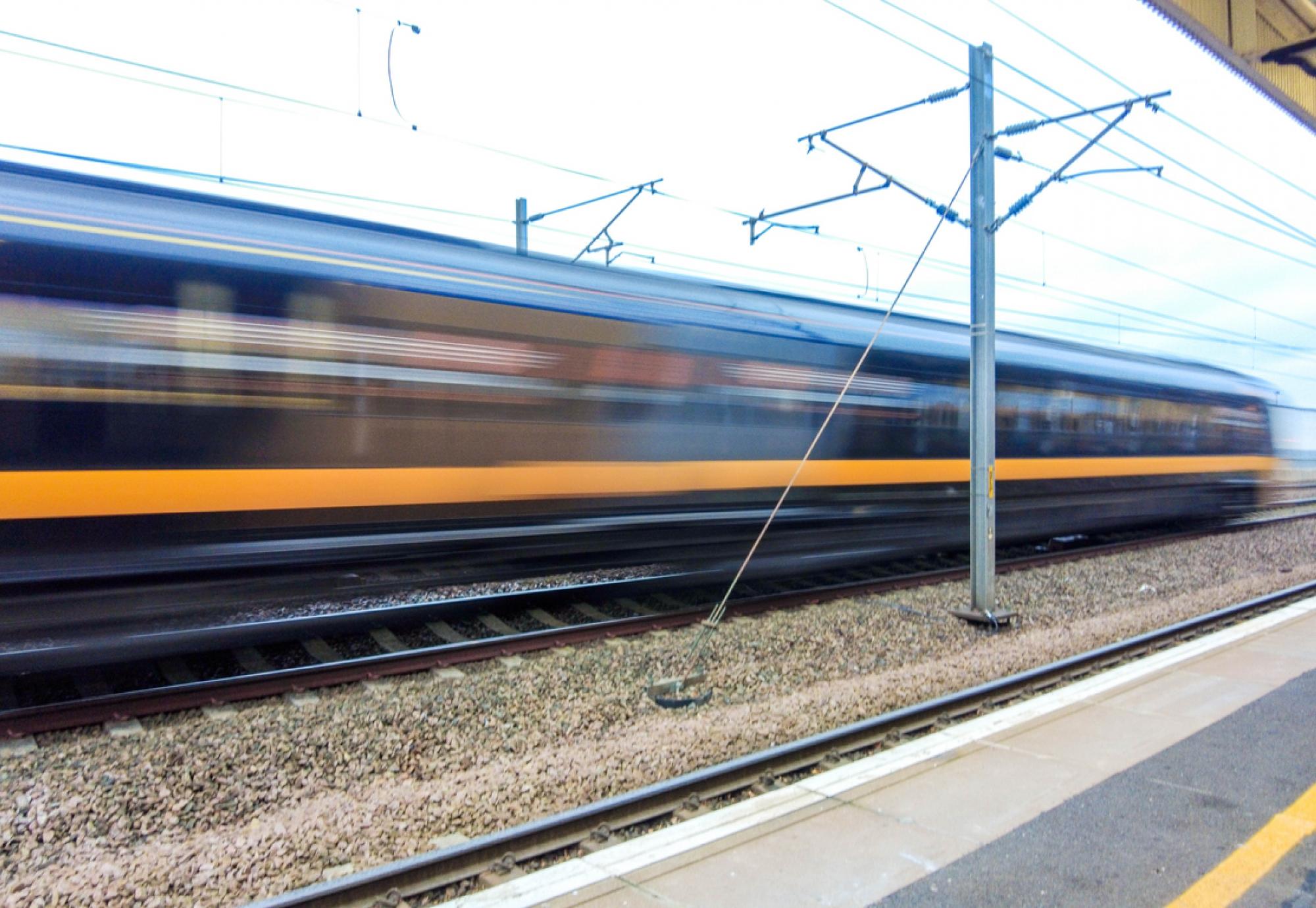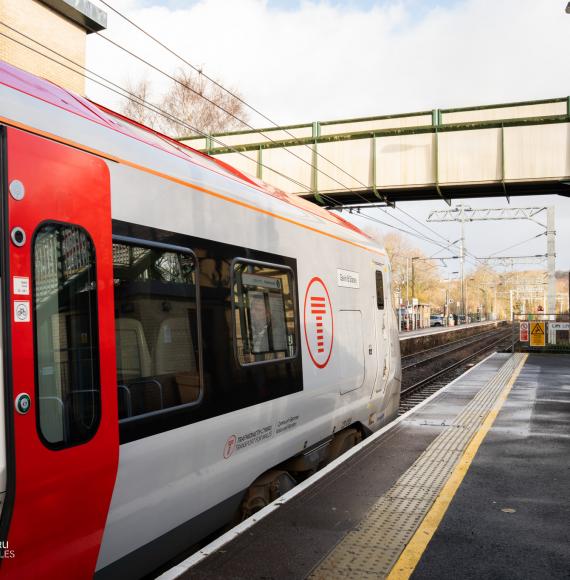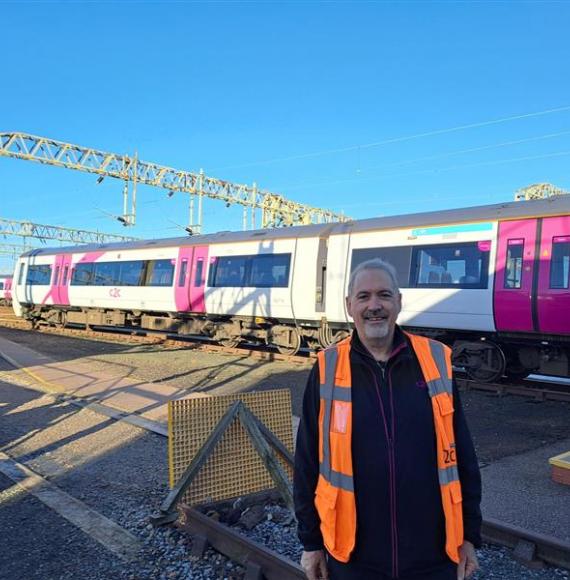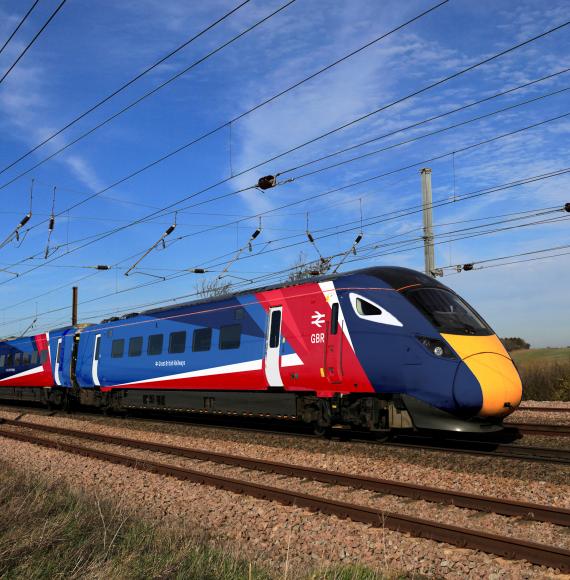A private sector consortium has unveiled ambitious plans for a new 80km rail link connecting the Midlands with Northern towns and cities. The Midlands-Northwest Rail Link (MNWRL) aims to create jobs, skills, and growth by enhancing connectivity between these regions.
Commissioned by the Mayors of Greater Manchester and the West Midlands, the project is chaired by industry expert Sir David Higgins and led by Arup, with support from companies including Arcadis, Addleshaw Goddard, EY, Dragados, Mace, and Skanska.
The report emphasises the need for private sector involvement in delivering and financing infrastructure projects. It proposes a new rail line from Lichfield to High Legh, which is seen as a golden opportunity for the West Midlands and the North West.
The report calls for the government to establish a Steering Group to drive forward a feasibility study and technical analysis over the next six months. This includes attracting global private sector investment, conducting further financial and economic analysis, advancing technical solutions, and developing an appropriate governance structure.

Rt Hon. Andy Burnham, Mayor of Greater Manchester, stated, “The report is clear: if we fail to put in place a plan soon to fix rail capacity and connectivity between the North and the Midlands, the already-congested West Coast Main Line and M6 will become major barriers to economic growth in the UK.”
Richard Parker, Mayor of the West Midlands, added, “This report confirms what we’ve been saying - additional rail capacity to and from the North is vital for the West Midlands. It’s about more than quicker journeys; it’s about connecting people, communities, and businesses to jobs and opportunities.”
Sir David Higgins OBE commented,
“Our review sets out a plan to get connectivity between the Midlands and the Northwest back on track.“
We don’t pretend that solving the rail challenges between these two places will be easy. We know it will be hard graft. What we need now is for the new government to work together with the business community and Combined Authorities - take the practical steps to make a new rail link a reality.”
The MNWRL is expected to deliver significant benefits, including reduced costs compared to the previous HS2 scheme, faster delivery, and the potential to attract private finance. The project could also save taxpayers £2bn by reusing much of the land, powers, and design work from the cancelled HS2 Phase 2.
Additionally, the new rail link would open additional freight paths on the West Coast Main Line, contributing to the government’s target of 75% rail freight growth by 2050, a key pillar in reducing carbon emissions from transport.
The consortium urges the government to support the project to unlock these benefits and ensure the UK’s future connectivity and economic growth.
What could this mean for High-Speed Rail in the North West? You can find out more by attending the TransCityRail Conference taking place in Manchester this November. It's your chance to hear about the latest developments and network with industry leaders and suppliers. Find out more here.
Image credits: iStock and MNWR

















